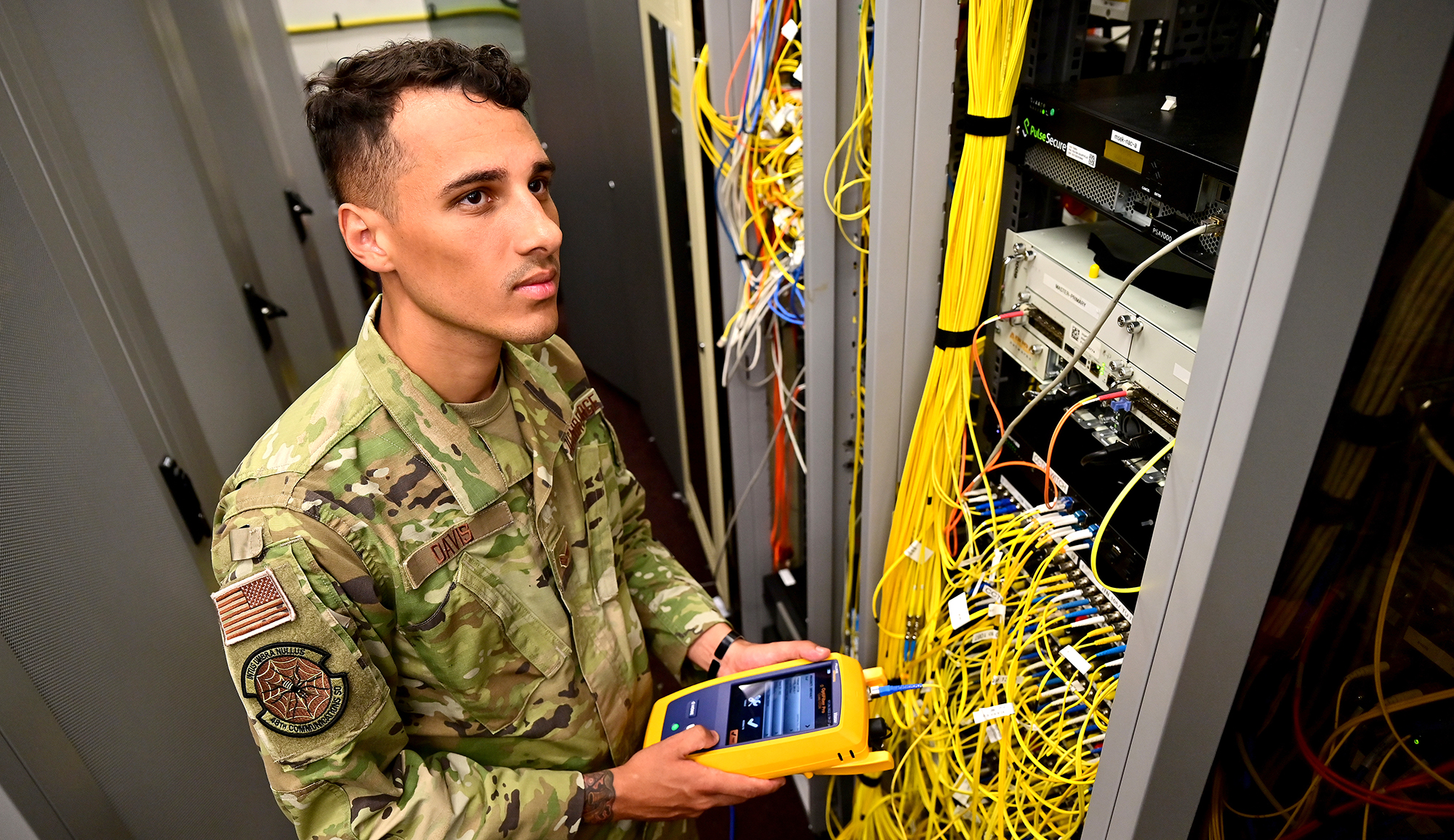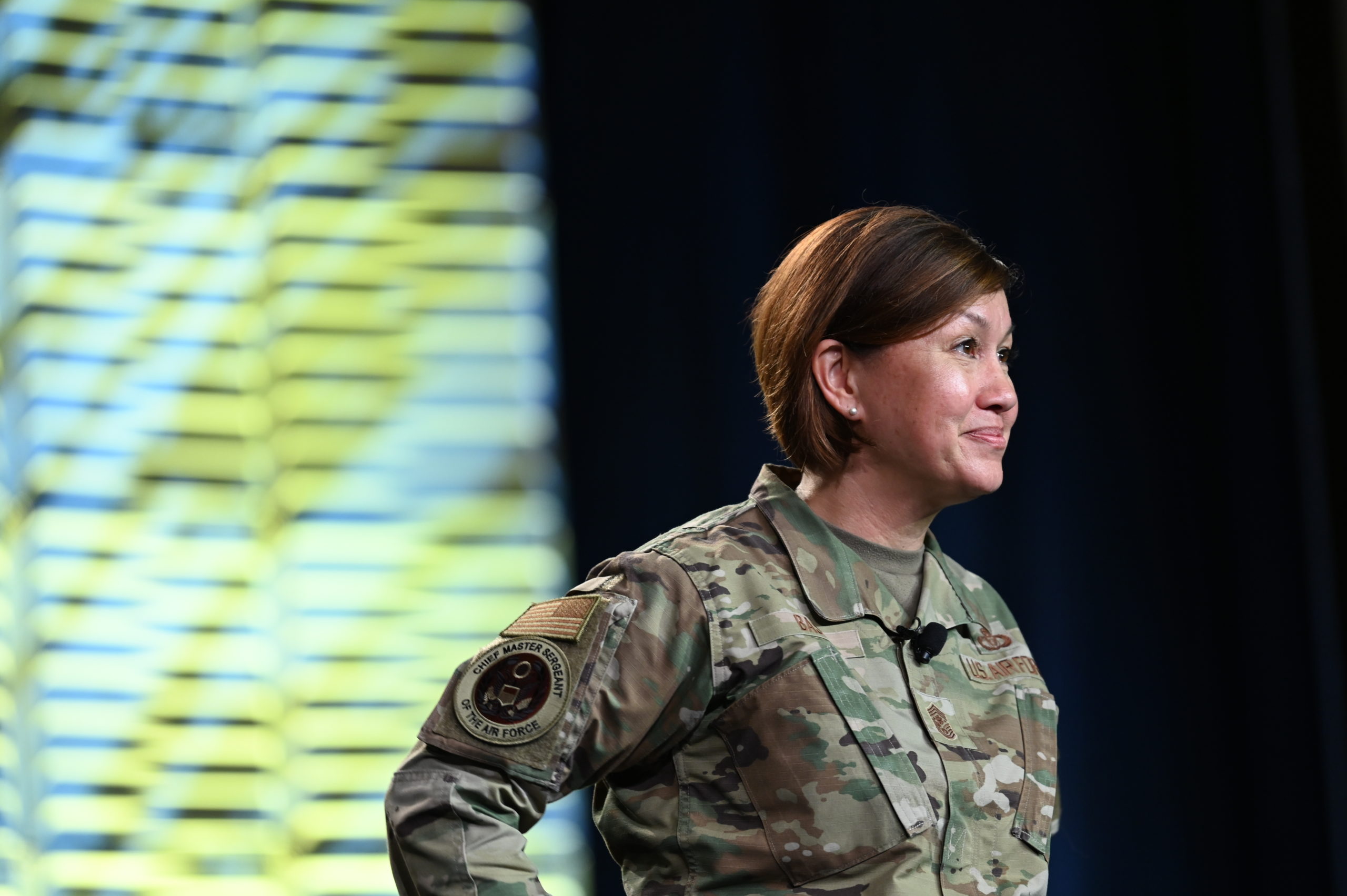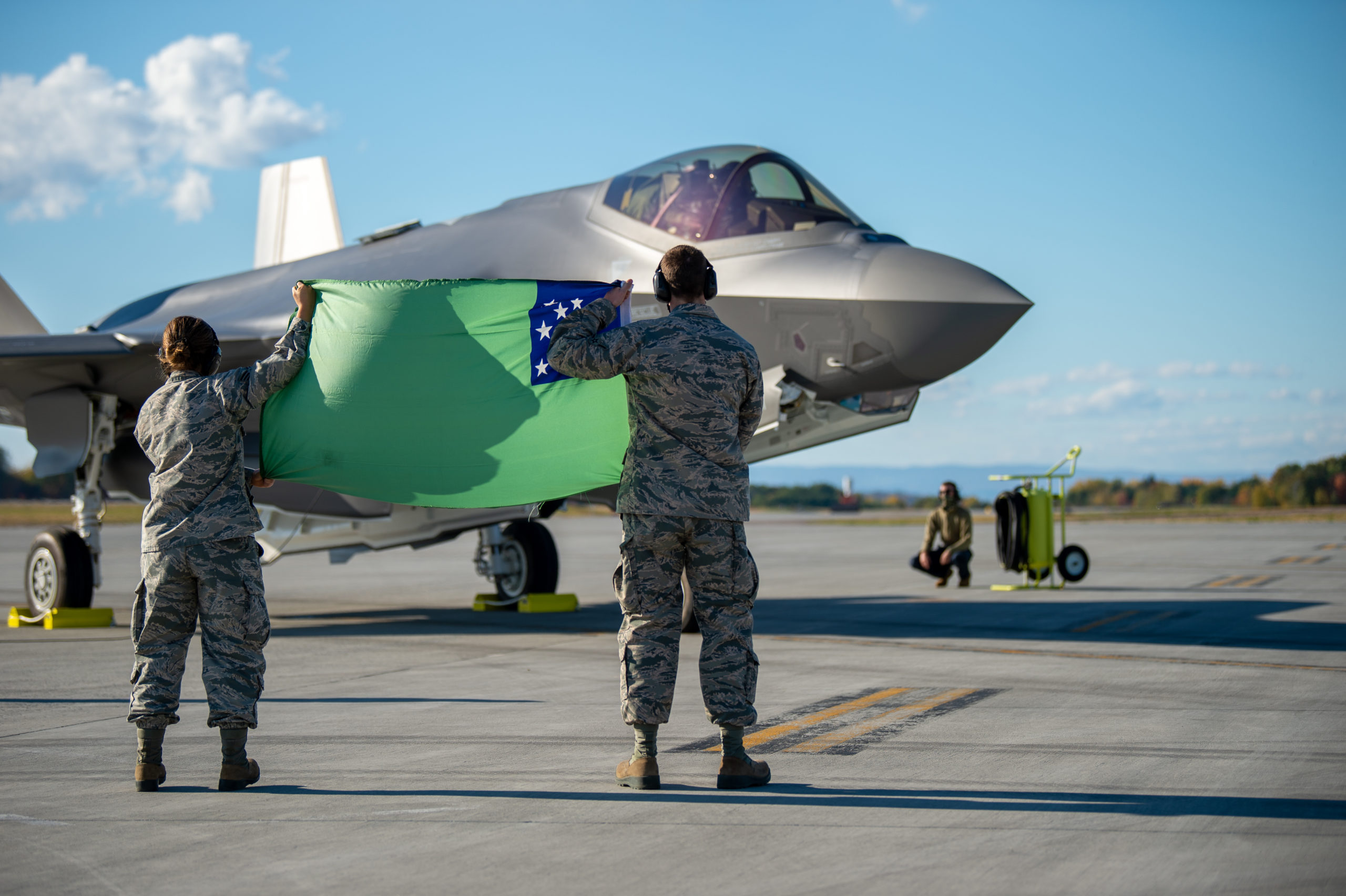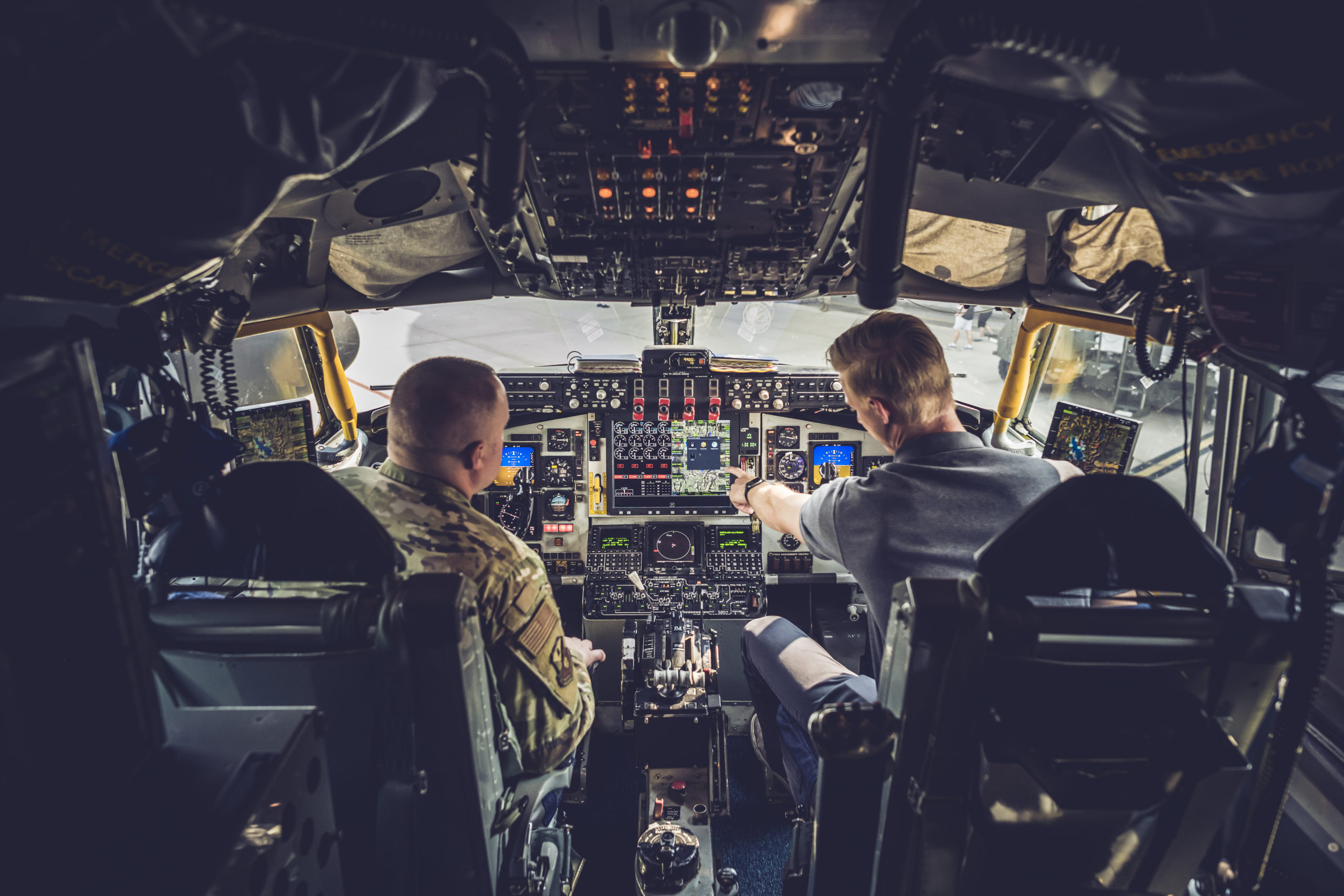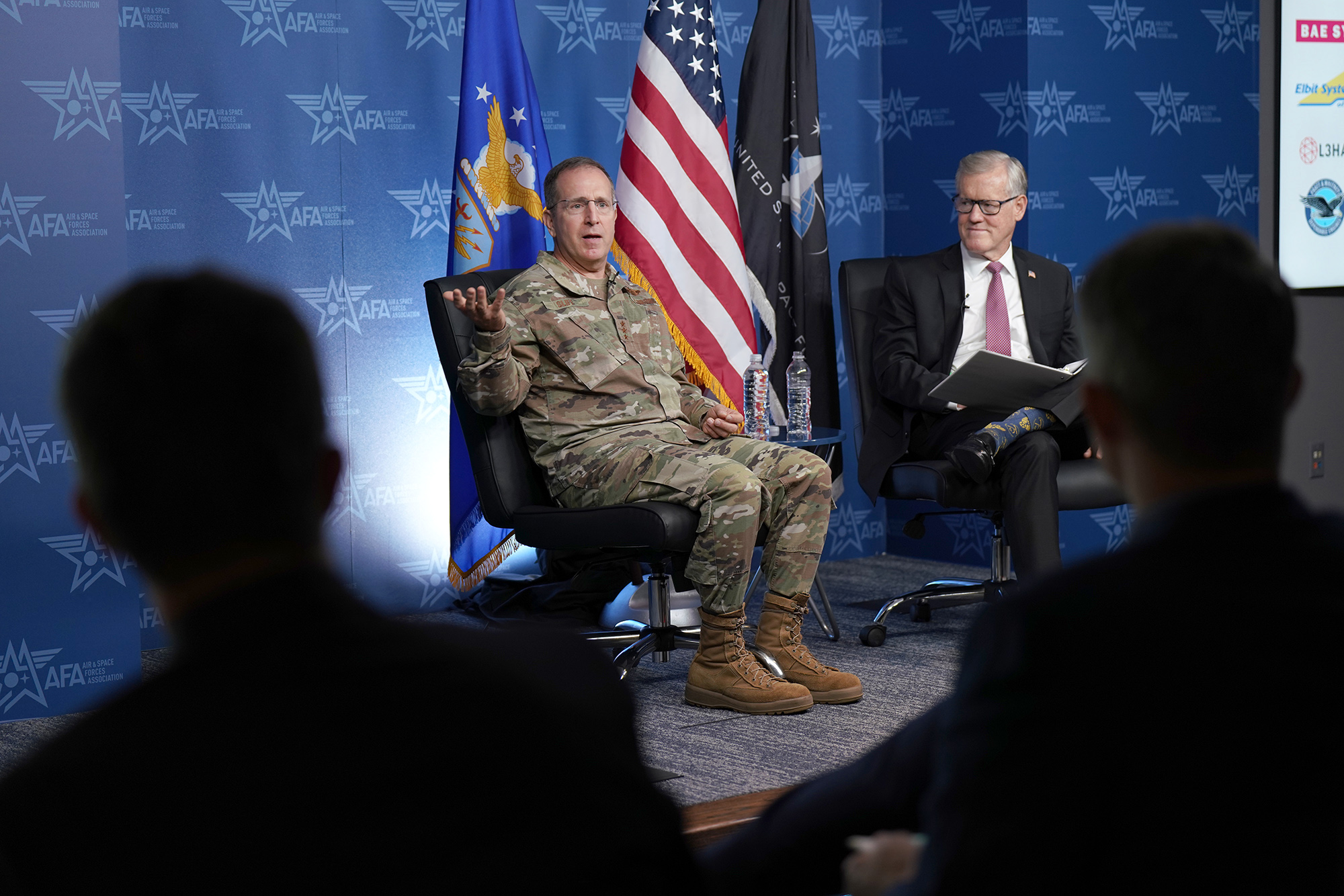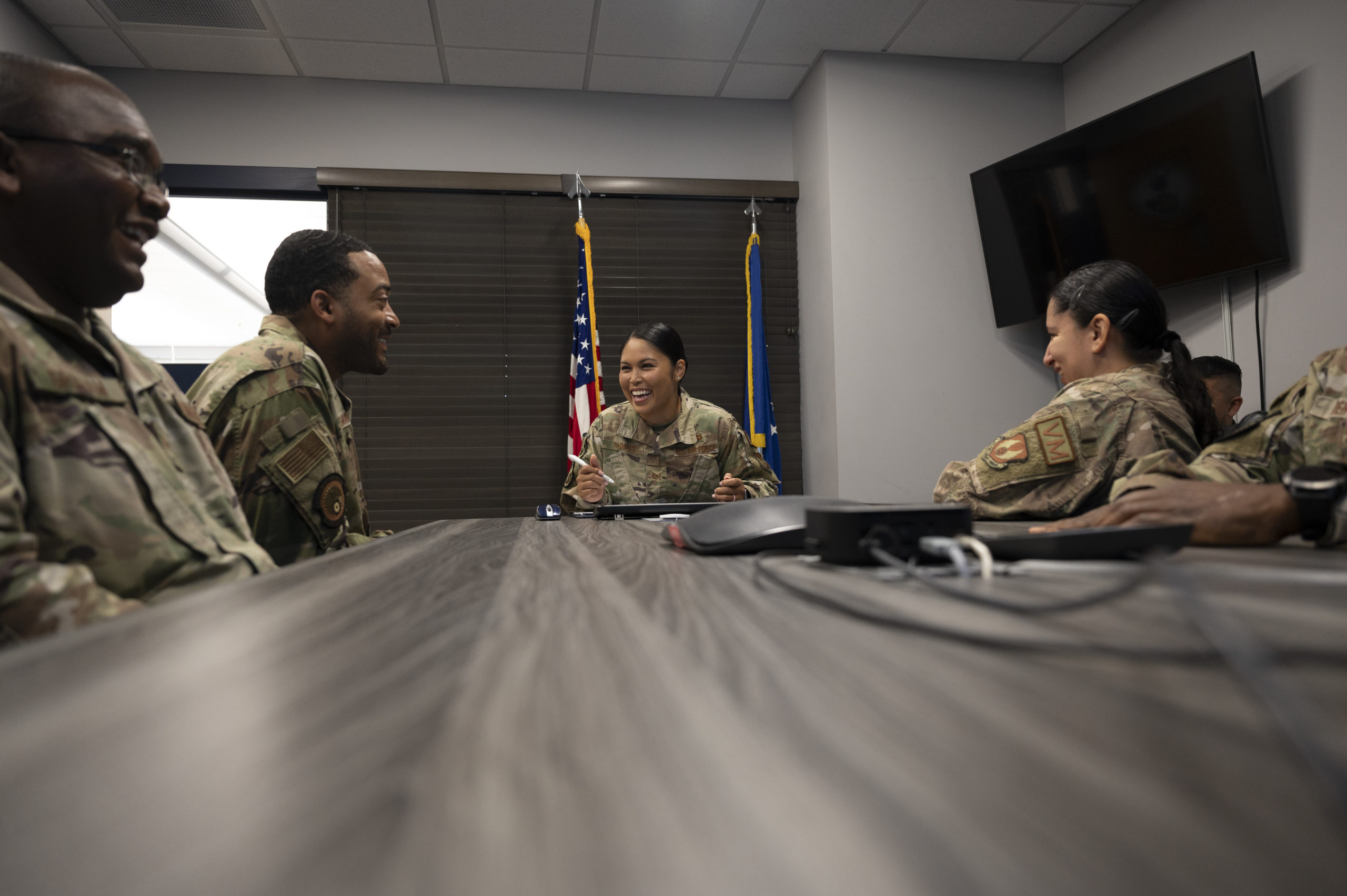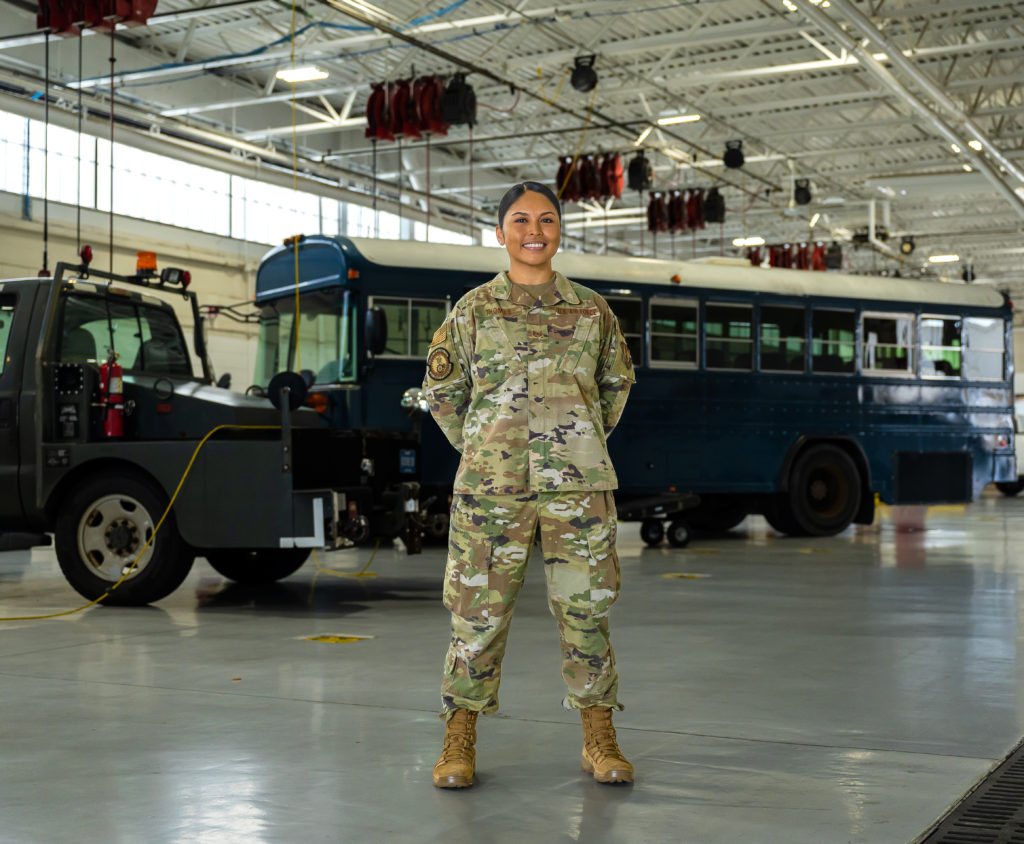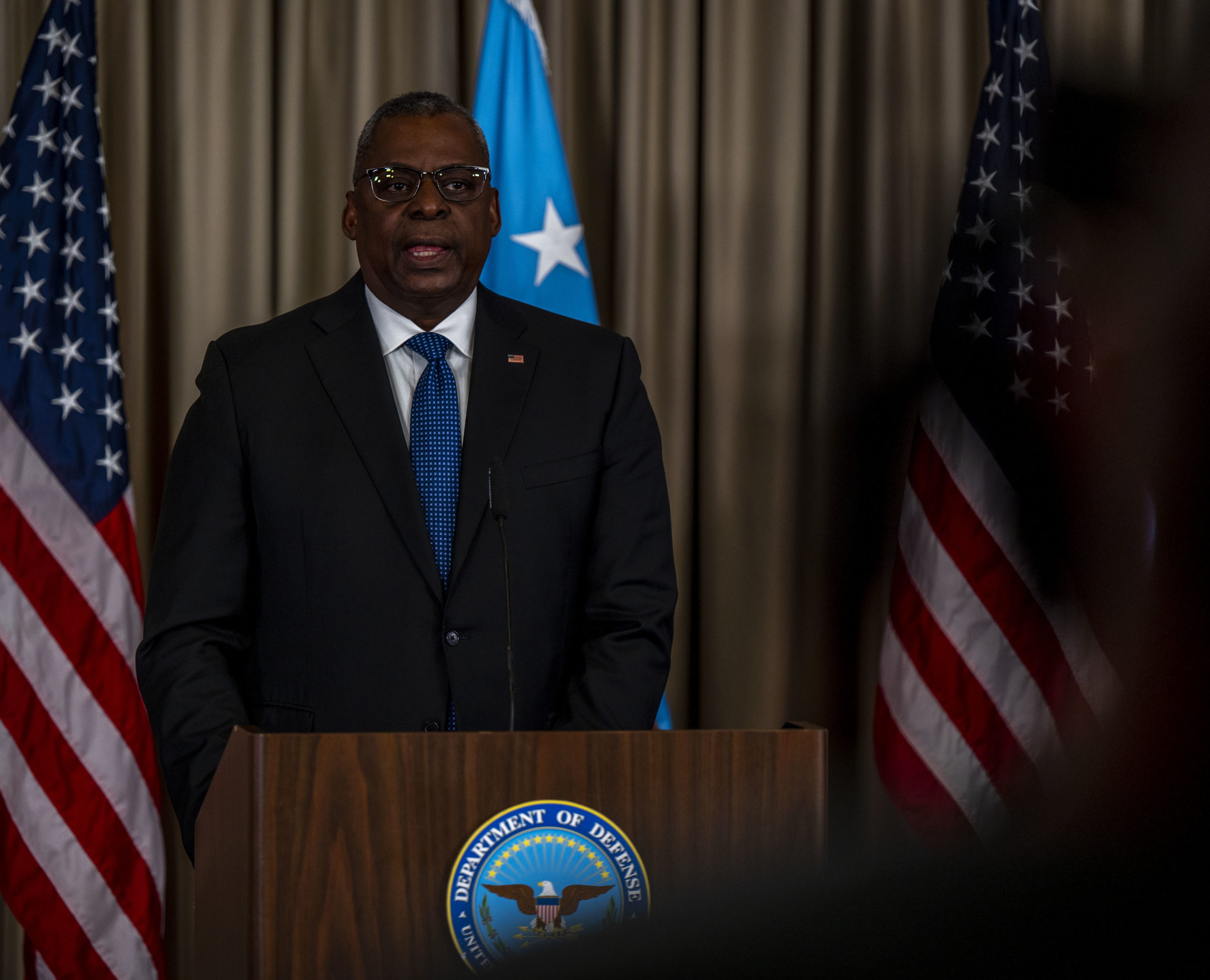The Air Force’s 12 Outstanding Airmen of the Year for 2022 will be formally recognized at AFA’s Air, Space & Cyber Conference from Sept. 19 to 21 in National Harbor, Md. Air & Space Forces Magazine is highlighting one each weekday from now until the conference begins. Today, we honor Senior Airman DeMarion N. Davis, Wing TEMPEST Manager for the 48th Communications Squadron, RAF Lakenheath, England.
Davis, an E-4, filled an E-5 position for over a year amid a 40 percent personnel shortage due to a mix of lingering pandemic effects and low Air Force enlistment rates. The staff shortage is especially palpable for those in Davis’ specific career field—he estimates that the Air Force has only 1,200 to 1,300 cyber specialists who work in TEMPEST, a technology that prevents devices from emitting electromagnetic radiation (EMR) that might be intercepted and deciphered into confidential data.
“TEMPEST is kind of one of those overlooked programs where people don’t really keep it up because every space on base has to be certified, and after it’s initially certified … people will cycle and PCS, and it doesn’t get the [same] turnover that it necessarily needs,” Davis said.
The only Airman in Lakenheath’s Information Assurance Office, Davis was tasked with bringing the base’s TEMPEST certifications up to speed. The assignment required him to take a weeklong AFSEC manager course at Keesler Air Force Base, Miss., to learn the ins and outs of the technology and NATO’s standards. When he returned to Lakenheath, he tackled and completed the TEMPEST certification at 54 processing sites on base.
“I was happy to do it,” he said. “I look forward to passing [the program] on to whoever comes behind me and leaving it in an upstanding position for them.”
While chasing these certifications, Davis stayed busy with other pressing tasks. In response to Russian aggression, the 336th Fighter Squadron from Seymour Johnson Air Force Base, N.C., deployed to Lakenheath and needed an operations desk. With only a week of lead time for a project that might take weeks or months, Davis’s squadron stood up the desk and got it approved in a matter of two days.
These last-minute projects find their way onto Davis’ to-do list because of his track record of completing them. Among his other timely accomplishments was when he converted the enlisted club into a temporary classified area facilitating a nuclear summit, a project that earned personal lauds from the U.S. Air Forces in Europe commander. Davis also stepped up as the Air Force Ball subcommittee lead to host a “flawless” event for 1,000 senior enlisted leaders, and he headed the project “Wi-Fi the Wing” to provide wireless network connections across the entire Lakenheath base.
“I was excited,” Davis said about initially being asked to complete responsibilities typically reserved for staff sergeants. “I’m a go-getter. I don’t like sitting around and not being busy.”
The go-getter, workhorse spirit that Davis embodies was instilled in him at an early age, perhaps before he was even born. His father retired as a senior master sergeant after 26 years of service, and his grandfather was a private first class during the Korean War.
“As a young kid, I never understood why my dad was so hard on me about certain things,” Davis said. “’Make your bed in the morning.’ ‘Make sure that your pants are on the hanger properly.’ ‘Make sure you’re folding clothes properly’—[he was saying to] hold yourself to a certain standard.”
Thanks to those standards and his proven success with tasks beyond his duties, Davis’ rank will match his resume soon—he was selected for staff sergeant in August.
Meet the other Outstanding Airmen of the Year in 2022 below:
